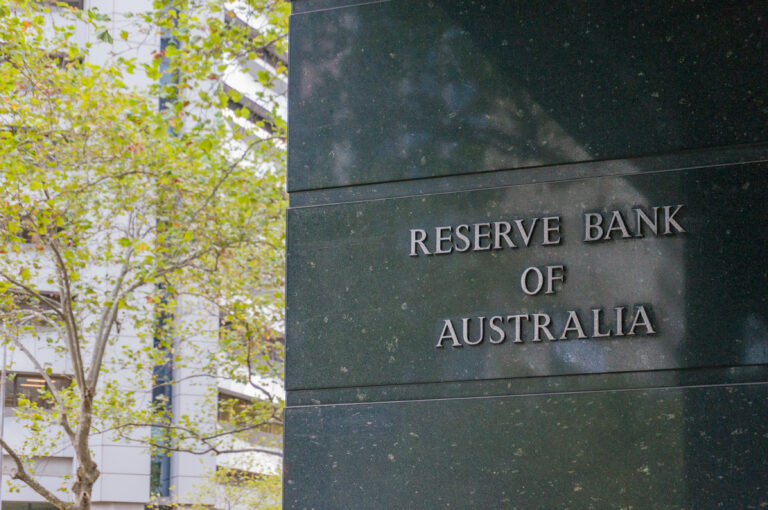COBA’s Chief Economic Adviser Nicki Hutley dives deep into who really pulls the economic levers.
Many Australian households have been squeezed by cost-of-living pressures for the last three years now. We measure those pressures through the rate of inflation, also known as the Consumer Price Index, or CPI, which hit a high of 8.4% at the end of 2022, but now stands at a more reasonable 3.8%.
The Reserve Bank of Australia (RBA) is Australia’s independent central bank. One of their core tasks is to keep inflation ‘under control’ and that means keeping the CPI between 2% and 3%, on average.
The RBA’s main means of controlling inflation is through the interest rates they set for the banks, which in turn is the main factor driving borrowing rates both for businesses and consumers, including mortgage rates.
This interest rate setting is known as Monetary Policy. By increasing the cost of borrowing, the RBA aims to slow the economy and therefore to slow inflation. When the economy is weak, it’s much harder to increase prices.
However, as the economy slows, unemployment starts to rise. The RBA needs to be very careful not to raise rates too much and tip the economy into recession. They need to navigate what’s called a “soft landing” for the economy, where it slows enough to see price growth slow down, but not too much. It’s a difficult balancing act.
Using interest rates to steer the economy and prices is a little like trying to steer a very large ship through a narrow passage. Every interest rate change takes a long time to pass through to the economy and prices, so it can be difficult to know when it’s the right time to change course. The RBA has to be quick on its toes when it comes time to cut interest rates to avoid a recession.
When inflation started to accelerate in 2021, the RBA took a while to respond, but between May 2022 and November 2023, it raised its interest rates 13 times, from a history-making low of 0.1% to the current 4.35%.
Now the economy is very weak, and many economists have been expecting rates to start falling by the end of this year. So, it was a big surprise with the Governor of the RBA said in August that rates would not fall before 2025.
One of the reasons the RBA gave for this decision was that government spending – known as fiscal policy – was keeping the economy growing a little faster than it had expected. This was through Australian Government policies such as energy rebates and the Stage 3 Tax cuts, but also through some state government spending, especially on infrastructure projects.
It’s important that both monetary and fiscal policy work together. But monetary policy is a very blunt instrument. Mortgages rise no matter how much you earn. In fact, monetary policy hurts some people more than others. Those with the lowest incomes and the highest mortgage payments are squeezed the most. Meanwhile, many older households who have paid off their mortgage and have savings that benefit from higher interest rates, are actually doing OK. So, the governments use their policies to try and help make the impact more balanced and to support those in need.
The big question now is, if the economy is actually quite slow and unemployment is rising, why is the RBA ruling out a rate cut this year, particularly as they admit that the economic outlook is highly uncertain?
The main answer seems to be that, even though they expect inflation to fall in the year ahead, it’s still above their target range and only coming down very slowly. Perhaps they don’t want to risk people to get too comfortable and confident just yet and possibly losing the hard-won gains of the past two years in lowering inflation.
But there’s also a risk that they have misjudged how quickly prices might come back, especially as we are seeing other similar countries, like New Zealand, Canada, and the UK, cutting their interest rates.
In fact, they’ve indicated they have less confidence in their forecasts than usual so will be watching the economic data extra closely. Any upside surprises on inflation will mean no early cuts and the RBA even refuses to rule out the possibility of a rate rise. Downside surprises, on the other hand, particularly to inflation but also to unemployment and other job market indicators, might just mean the RBA has to eat its words and deliver the Christmas present everyone is hoping for.
We now have to wait and watch and hope that the RBA can deliver that soft landing.
